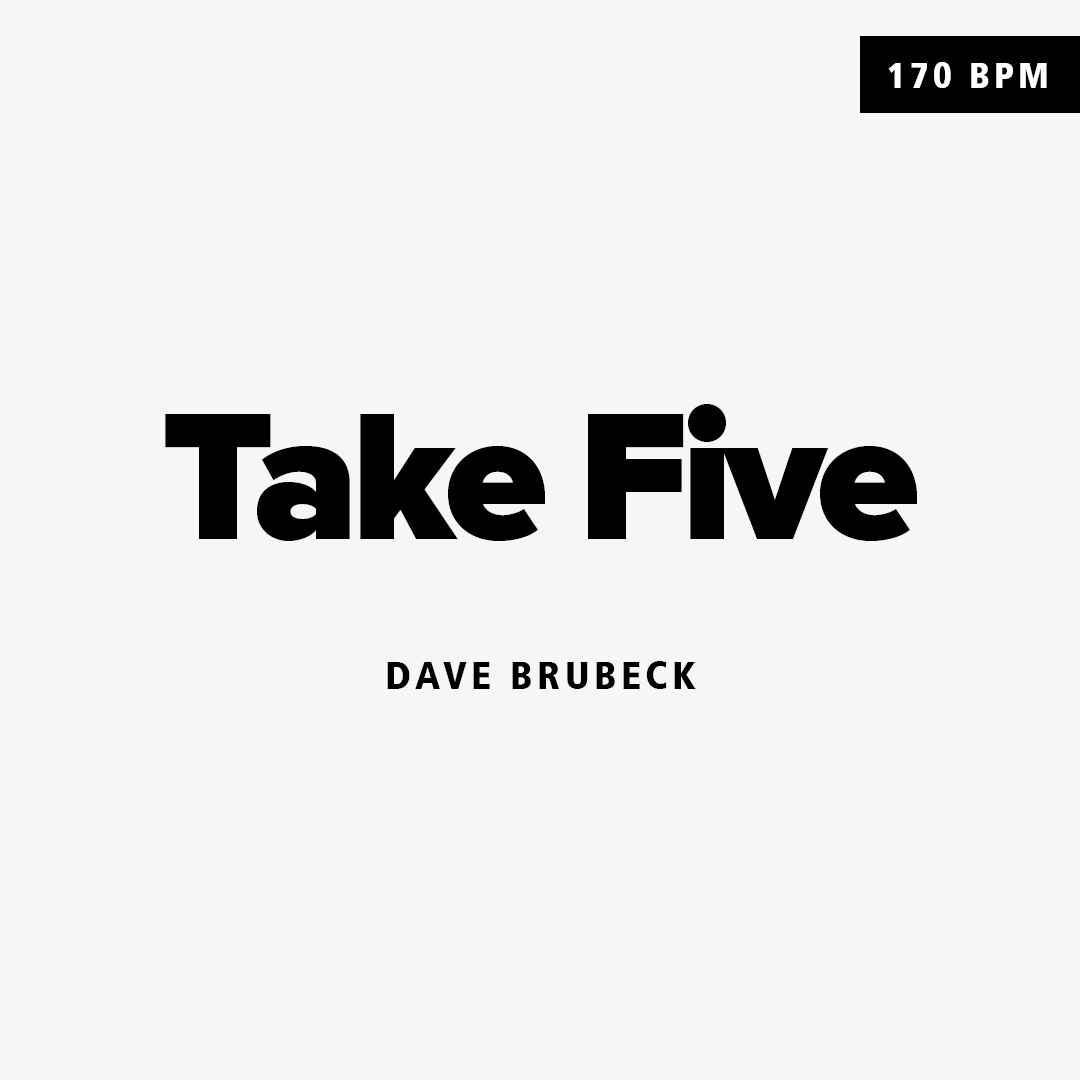

This is a good indication of how much spill the sax mic has recorded. On the last note of the solo, there is a noticeable duck in instrumentation which to me sounds like the sax mic has suddenly been muted. The sax solo has a very smoky timbre and uses a combination of notes derivative of the Eb Dorian, minor pentatonic and blues scale. The sax plays the melody shifting to the higher register in the relative major key, following repetitive and descending riff back into the two chord A section Vamp. Autumn Leaves, Summertime, My Favourite Things, and countless other jazz standards). It is very common for jazz tunes to employ this emotional relationships by pairing the relative major / relative minor tonal centers within one musical composition (e.g. The song’s tonal centre now shifts into relative major key of Gb major following a IV-V IIIm-VIm IIm-V7 VII-I7 progression. Both of these mics sit in the centre of the mix. You can hear the breathy detail of the sax and the plucky transients of the double bass string character. The emphasis on the mechanical noise of both the sax and the bass suggest that closer mic positions were used. The Dorian Scale is similar to a natural minor only with the raised 6 th, and it’s the raised 6 th creates that particularly smooth and jazzy “cool” tonal colour… Dorian mode played on an alto sax – it literally screams the stereotypical cool jazz sound. With the constant and simple harmonic framework of this section, the sax plays modally in Eb Dorian. The alto sax begins playing the the head melody. The piano and double bass continue to play the underlying two chord vamp following a simple and repetitive I – V (Ebm7 – Bbm7) progression. With the one room recording technique in mind, the drum and piano mics sound as if they are panned hard on either side. I’d suggest that it’s the spill on the opposite channel that’s largely responsible for blending stereo mix of instrumentation together. The grand piano mic is close to the edge of the open lid and about three feet from the strings with one single mic, capturing a balance of both the high and low strings and aiding the mellow jazz piano tone. The drum mic is positioned few feet from the front of the kit at around chest height which also suggests why the ride cymbal has spiky definition in the mix. Overall, the 12 bar intro uses gradual instrumental layering as an effective fade into the hook. The double bass then comes in in the last two bars of the intro, creating an effective transition into the A section. After four bars, the mellow piano makes an entrance playing blocky and detached chords that sit to the right of the mix. The soft snare hits and prominent ride cymbals hits suggest the drummer is using a traditional grip (underhand grip with the left and overhand grip using right hand) which is common in the jazz genre. The song kicks off with light hitting drums playing a moderate swing in 5/4 groove. I will be referring to this picture throughout the breakdown to explain how the mic setup may have affected sonic characteristics of the mix. I managed to source a picture of the recording session for this particular track. The A section can also simply seen as a Verse and the B section as a Chorus.

The song follows a repeated 24 bar ABA form separated solos taken by the saxophone and drums. While I’m on the topic of how awesome 5/4 time is, here are a few examples of bands embracing quintuple meter in more of a modern context: When first learning 5/4 time, music teachers will point straight to either Take 5 or the Mission Impossible theme. This song more or less popularized the 5/4 signature and influenced grooves of mainstream music that followed. The main selling point for me in this song is the odd time signature groove in 5/4. “Take Five” follows a steady tempo of 170 bmp and is in the key of Eb minor. This particular subgenre of jazz is characterized by relaxed tempos and lighter tones in comparison to the preceding bebop style, blending more elements classical and eastern rhythms into the jazz genre.

It is said that Miles Davis inaugurate cool jazz, however Dave Brubeck’s “Take Five” was the first single of the genre to sell over one million copies. With the Escape Hunt project coming up, I thought it would be a great idea to deconstruct a 50’s jazz song to gain a better understanding of the production techniques and musical elements of the genre.Ĭool jazz is a style of modern jazz that arose after the World War II with most of its concentrated growth and development between the late 40’s and 50’s.


 0 kommentar(er)
0 kommentar(er)
